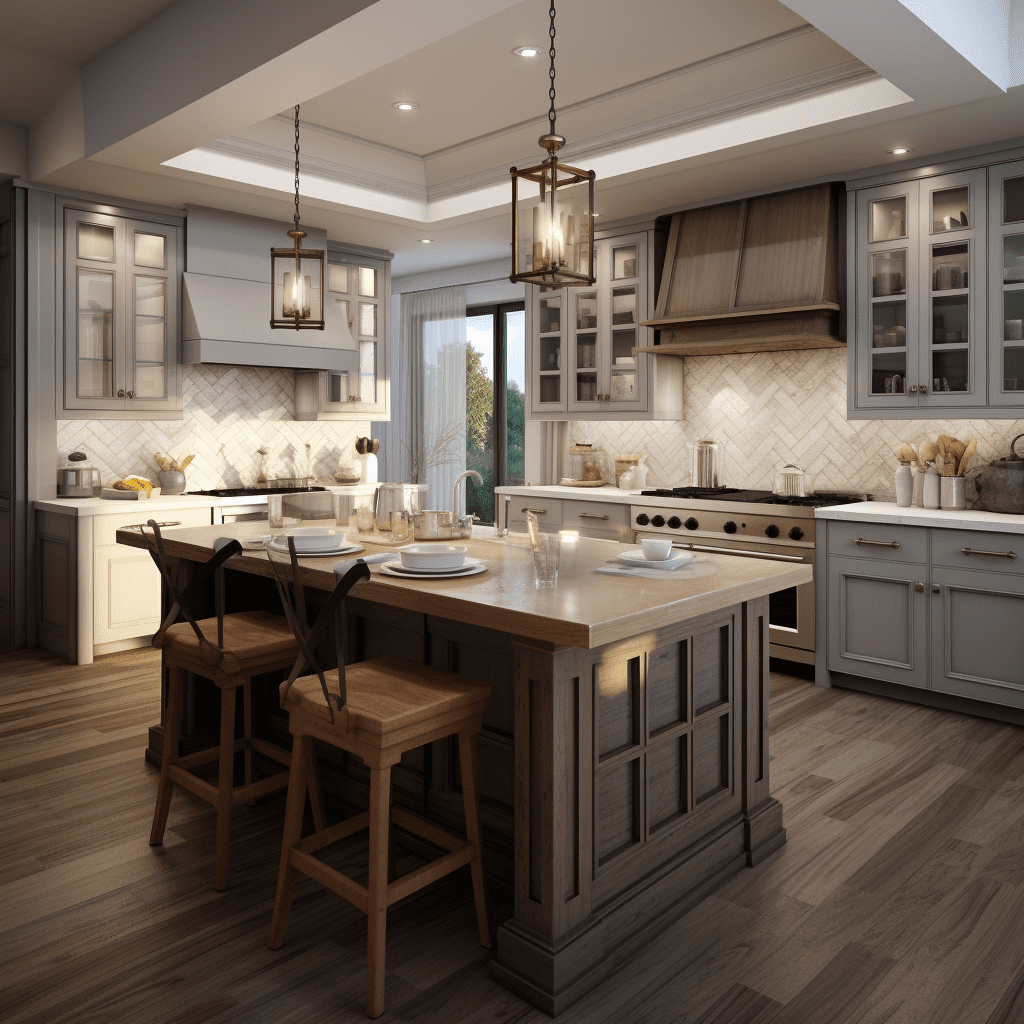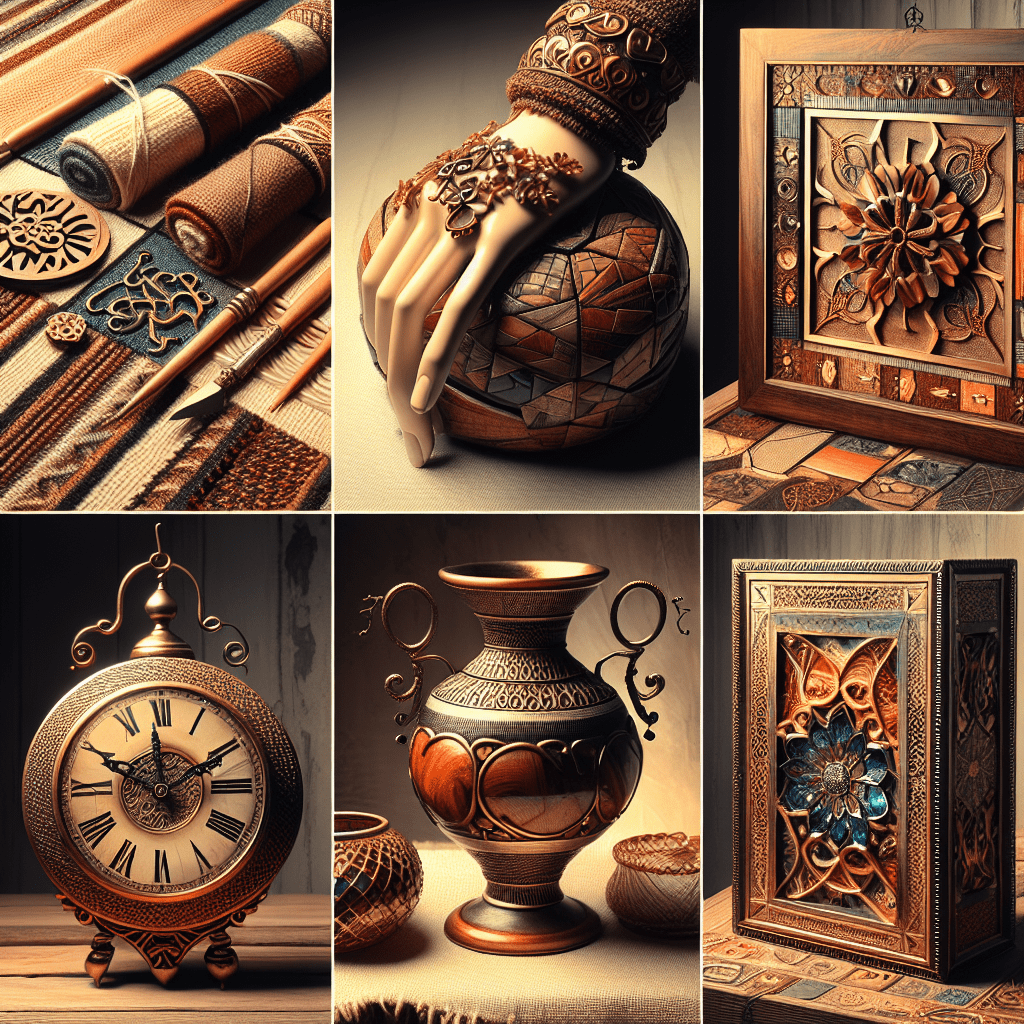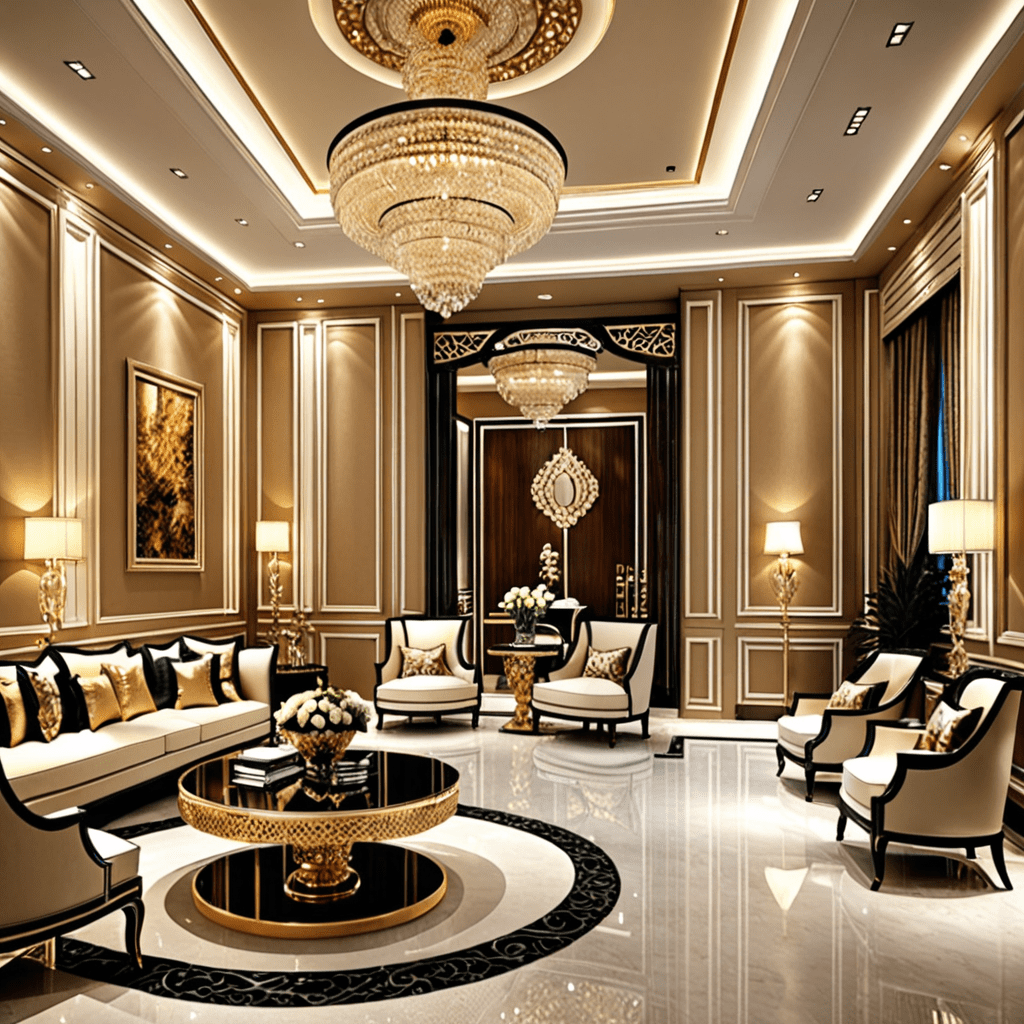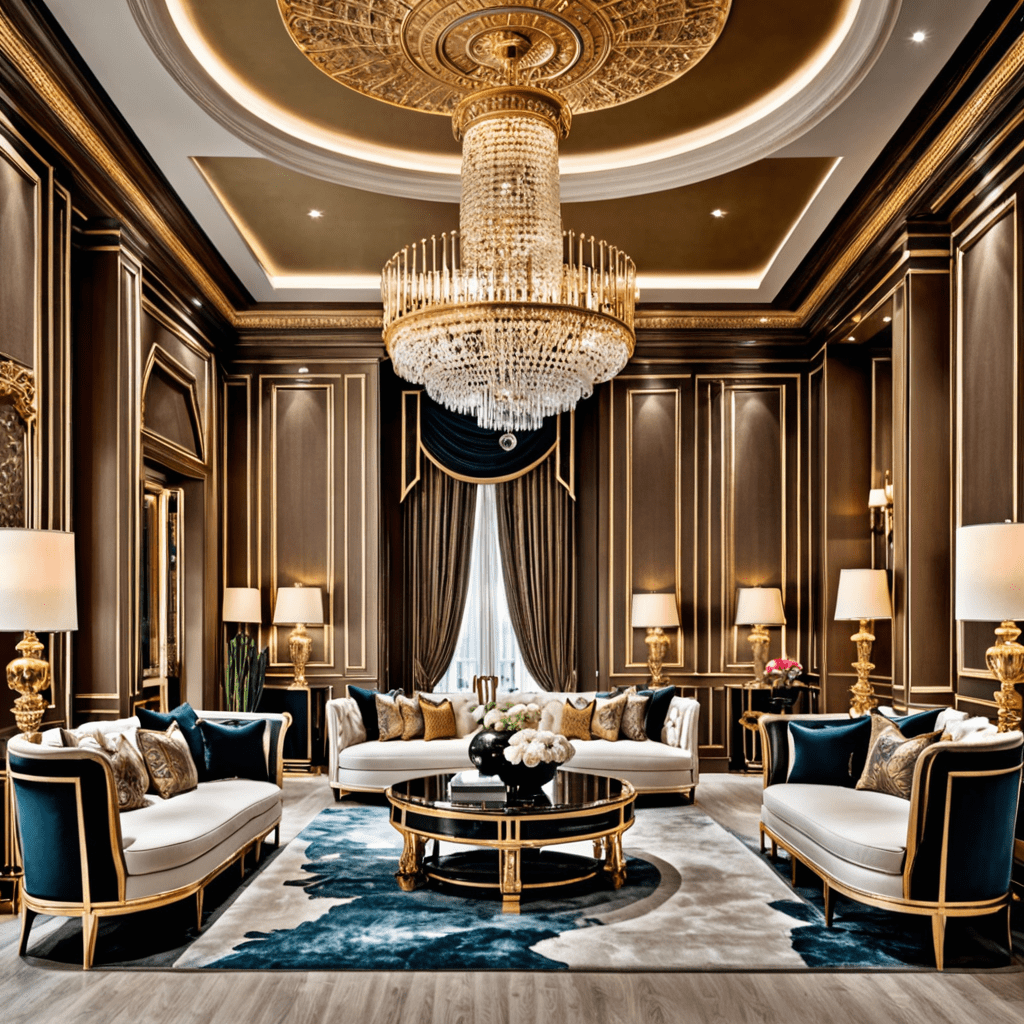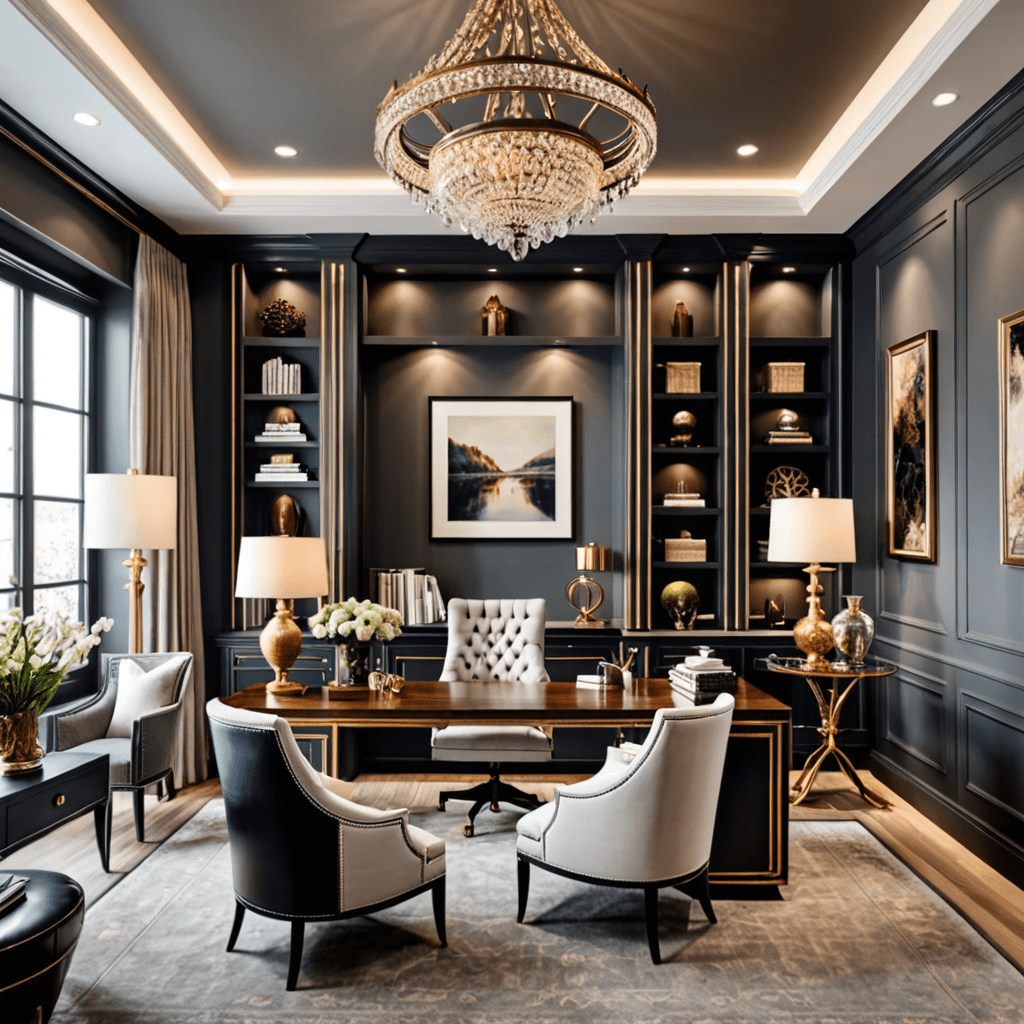The Influence of Art in Design
Introduction
When it comes to creating a comfortable and aesthetically pleasing living space, interior design plays a crucial role. The way we design our homes can greatly impact our mood, productivity, and overall well-being. From choosing the right color palette to arranging furniture in a functional and visually pleasing way, every element of interior design contributes to creating a space that reflects our personal style and enhances our everyday lives.
In this article, we will explore the key elements of interior design and provide practical tips for choosing furniture. We will also delve into the world of art and decor, discussing how they can elevate the ambiance of a room and add a touch of personality to our homes.
Key Elements
To create a cohesive and visually appealing space, it’s important to consider various key elements of interior design. Here are some elements you should be aware of:
Color Palettes
Color plays a significant role in setting the mood and atmosphere of a room. Understanding the psychology of colors can help you choose the right shades for each space. Warm colors like reds and yellows can create a cozy and inviting atmosphere, while cool colors like blues and greens can evoke a sense of calm and tranquility. Experiment with different color combinations and consider the natural lighting of the room when selecting your palette.
Furniture Arrangement
Proper furniture arrangement is essential for ensuring a functional and visually balanced space. Consider the size of the room and the furniture pieces you have or plan to purchase. Create conversation areas by arranging furniture in a way that promotes easy interaction. Leave enough space for people to move around comfortably. Don’t be afraid to experiment with different layouts to find the one that works best for your lifestyle and the flow of the room.
Lighting
Lighting is often underestimated but can significantly impact the ambiance of a room. Natural light is ideal, so make use of windows and curtains to maximize it. Additionally, incorporate different types of lighting, such as overhead lights, task lights, and accent lights. Layering lighting can create a warm and inviting atmosphere. Consider the purpose of each space and choose lighting fixtures that serve both functional and decorative purposes.
Accessories
Accessories are the finishing touches that add personality and style to a room. They can include items such as throw pillows, rugs, curtains, and wall art. Select accessories that complement the overall design and color scheme of the room. Don’t be afraid to mix patterns and textures to create visual interest. Keep in mind that less is often more – avoid cluttering the space with too many accessories, as it can make the room feel crowded and overwhelming.
Tips for Choosing Furniture
Selecting the right furniture for your space can be challenging, but with a few tips in mind, you can make informed decisions that enhance your overall design concept. Here are some practical tips for choosing furniture:
Consider the Size: Measure your space before purchasing furniture to ensure it fits comfortably without overcrowding the room. Proportion is key – choose furniture that is appropriate for the scale of the room.
Style and Theme: Determine the style and theme you want to achieve in your space. Whether it’s a modern, minimalist look or a more traditional and eclectic feel, choose furniture that aligns with your preferred aesthetic.
Functionality: Assess the functionality of the furniture you are considering. Will it serve its intended purpose? Does it provide the necessary storage or seating options? Opt for pieces that not only look good but also fulfill your practical needs.
Quality: Invest in quality furniture that will last. Look for durable materials and well-constructed pieces. It’s worth investing in furniture that withstands the test of time and daily use.
Comfort: Comfort should not be compromised. Test out furniture before purchasing, especially items like sofas and chairs. Sit on them, lie on them, and make sure they are comfortable and suited to your lifestyle.
Upholstery and Finishes: Consider the materials, colors, and patterns of the upholstery and finishes. Choose fabrics that are both aesthetically pleasing and practical for your lifestyle. If you have children or pets, opt for stain-resistant and easy-to-clean materials.
Budget: Set a budget for your furniture purchases. Take your time and shop around to find the best deals without sacrificing quality. Remember that quality furniture is an investment that will pay off in the long run.
Incorporating Art and Decor
Art and decor have the power to transform a room from ordinary to extraordinary. Here are some ideas for incorporating art and decor into your space:
Selecting Artwork: Choose artwork that speaks to you and reflects your taste. Consider the style, colors, and subject matter of the art. Original paintings, prints, sculptures, and photographs can all add a unique touch to your space. Mix different types of art to create visual interest.
Gallery Walls: Create a gallery wall by hanging multiple pieces of art together. Mix different sizes, frames, and subjects to create a curated and personalized display. Take care when arranging the artwork to ensure a cohesive and balanced look.
Statement Pieces: Use bold, oversized art as a focal point in a room. A large painting or sculpture can instantly draw attention and become a conversation starter.
Decorative Items: Incorporate decorative items, such as vases, candles, and figurines, to add personality and charm to your space. Choose items that complement the overall design and color scheme.
Mirrors: Mirrors not only serve a functional purpose but also add depth and light to a room. Place mirrors strategically to reflect natural light and make the space appear larger.
Plants: Plants bring life and freshness to a room. Incorporate indoor plants in decorative pots to add a touch of nature and create a calming atmosphere.
Remember, art and decor are personal choices, so select pieces that resonate with you and make you feel inspired. Don’t be afraid to experiment and let your creativity shine through.
In conclusion, interior design is a multifaceted discipline that requires attention to detail and a keen eye for aesthetics. By understanding the key elements of interior design, choosing furniture wisely, and incorporating art and decor, you can create a living space that not only looks beautiful but also reflects your unique personality and enhances your everyday life. So, why wait? Start transforming your living space into your own personal sanctuary today!
